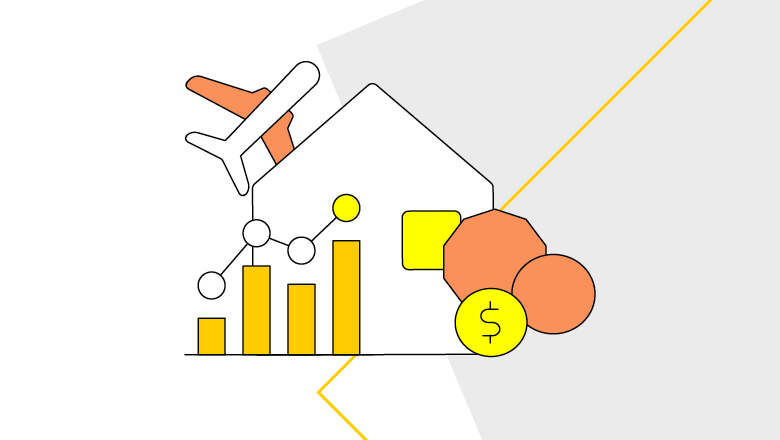The largest increases in spending in the category was at department stores, discount and variety stores, activewear stores, and cosmetic and beauty stores – all key retailers for Christmas gifts.
Gains were also seen in spending on recreation (+3 per cent), communications and digital (+1.2 per cent), and household services (+1 per cent).
These gains were partly offset by reduced spending on transport (-3.6 per cent), following a 2 per cent gain in October. That fall was largely driven by a drop in the price of petrol.
CBA Chief Economist Stephen Halmarick said November’s gains were expected given the recent history of a large increase in spending around Black Friday and Cyber Monday, but with the pick-up in spending likely be short-lived and fall in December.
“What was once a novel period of sales for many Australians has now become entrenched behaviour. Expecting heavy discounts, consumers are opting to spend big in November. However, we anticipate consumers will pull back on spending in December,” said Mr Halmarick.
“Looking ahead, we expect to see continued softening in consumer spending into 2024.”
Mr Halmarick said the September quarter national accounts, released by the ABS last week, showed the pace of economic growth in Australia is moderating and households are under pressure from a continued fall in real household disposable income.
“The November 25 basis point rate hike by the Reserve Bank of Australia will add further downward pressure to household spending into 2024,” he said.
The CommBank HSI index – which tracks month-on-month data at a macro level and is based on de-identified payments data from approximately 7 million CBA customers, comprising roughly 30 per cent of all Australian consumer transactions – also showed sharp differences among certain states and territories.
The CommBank Home Buying index declined by -4.6 per cent in November to 93.1, reflecting the effect of the early November rate hike from the RBA, after four months when rates were unchanged.
“However, home buying activity in the months ahead should be supported by strong demand from Australia’s growing population. This is expected to continue to put upward pressure on dwelling prices in Australia,” commented Mr Halmarick.
Things you should know: NOT INVESTMENT RESEARCH. The Commonwealth Bank ‘Household Spending Insights’ is not investment research and nor does it purport to make any recommendations. The Commonwealth Bank ‘Household Spending Insights’ has been prepared without taking into account your objectives, financial situation (including your capacity to bear loss), knowledge, experience or needs. You should not act on the information contained in this document. To the extent that you choose to make any investment decision after having read this document, you should not rely on it but consider its appropriateness and suitability to your own objectives, financial situation and needs, and, if appropriate, seek professional or independent financial advice, including tax and legal advice. The data used in the ‘Commbank Spending Insights’ series is a combination of CBA Data and publically available Australian Bureau of Statistics (ABS), CoreLogic and Reserve Bank of Australia data. Any reference made to the term ‘CBA data’ means the proprietary data of the Bank that is sourced from the Bank’s internal systems and may include, but is not limited to, home loan data, credit card transaction data, merchant facility transaction data and applications for credit. All customer data used, or represented, in this report is de-identified before analysis and is used, and disclosed, in accordance with the Group’s Privacy Policy. Commonwealth Bank of Australia ABN 48 123 123 124 AFSL 234945


